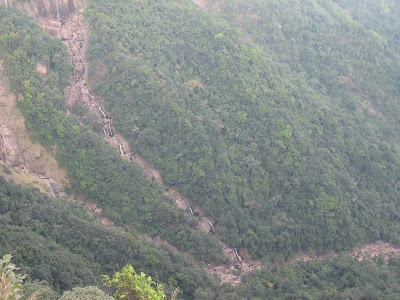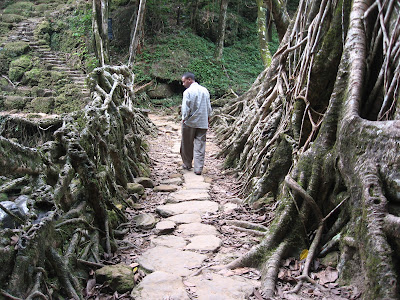 |
| Video screenshot from Zumba |
I haven't gone for it, but I know a few friends who signed up for Zumba classes. They say it's real fun.
Traditional exercises or dance forms can be too formal. Usually, they are bound by a strict pattern of movements, which sort of makes them too regimented.
(Some of the well-known Indian dance forms: Bharatanatyam, Kathakali, Kathak, Kuchipudi, Manipuri, Odissi etc.)
Zumba adds a liberal dose of entertainment to dance and exercise. There is no water-tight regimen and the routines are flexible, customisable to individual needs, and therefore enjoyable, making it very popular.
Zumba is a trademarked fitness programme that originated in southwest Columbia in the 1990s. It was created by dancer and choreographer Beto Perez, by combining elements from four Latin American dance rhythms: salsa, reggaeton, merengue, and cumbia.
In 2001, Zumba Fitness, LLC, was founded; and in 2011 it arrived in India, one of the over 180 countries where it's now taught and practised.
There is music and a lot of high-impact body movements, including jumping and bouncing. If one is keen on moving into advanced forms, it's better to get prior medical advice.
Like any exercise, Zumba is undoubtedly good for health. It burns calories, loosens joints and muscles, and keeps one agile.
Also, like any exercise, overdoing it won't do any good.
Sources:
--------------------
This post is part of the blogging challenge in April every year, wherein bloggers put up one post a day, from A to Z, every day except Sundays.
The series concludes with this post.
I'm participating in #BlogchatterA2Z. I am also on A2Z April Challenge.











































